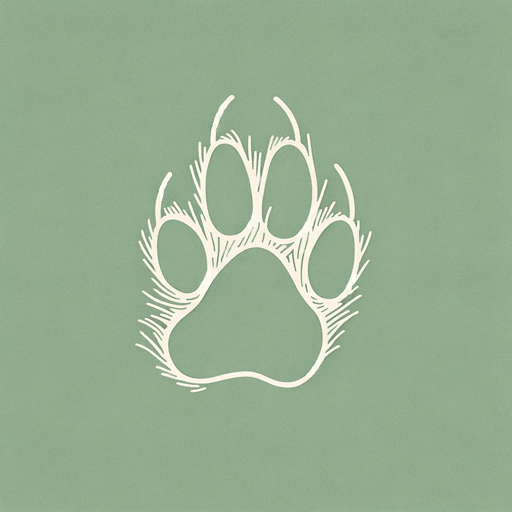46 pages • 1 hour read
Luis SepulvedaThe Old Man Who Read Love Stories
Fiction | Novel | Adult | Published in 1988A modern alternative to SparkNotes and CliffsNotes, SuperSummary offers high-quality Study Guides with detailed chapter summaries and analysis of major themes, characters, and more.
Summary and Study Guide
Overview
The Old Man Who Read Love Stories, an ecological novel by Chilean writer Luis Sepúlveda, first published in Spain in 1989. Peter Bush’s English translation published in America in 1993. This story is a parable about the encroachment and ecological consequences of non-native humans, especially hunters, gold prospectors, and politicians, on the Ecuadoran rainforest. The novel won Spain’s Tigre Juan Prize. Sepúlveda has written 16 books and four screenplays, directing two of them for the screen. He has been active in politics most of his life; during Pinochet’s dictatorship, he was twice imprisoned. Eventually, with the help of the German branch of Amnesty International, Sepúlveda won his freedom. After traveling in exile for many years, Sepúlveda spent time in the Amazon working with UNESCO to gauge the impact of colonization on the Shuar Indians, the tribe featured in this book. Eventually he settled in Germany and has lived there since 1980, periodically working with Greenpeace while writing. In addition to the Tigre Jaun Prize, Sepúlveda also won the Premio Primavera de Novela for his novel La Sombre de lo qui Fuimos.
Plot Summary
White hunters, gold prospectors, and intrusive developers threaten to destroy the lush Amazon Rainforest by slaughtering endangered species and destroying the ancient way of life belonging to the jungle’s wild animals and its indigenous people, the Shuar Indians. Watching the destruction silently from his small hut in the remote village of El Idilio is Antonio José Bolívar Proaño, who has lived in and around the jungle for 40 years. El Idilio is so isolated that aside from the mayor and a handful of settlers, the town is rarely visited by outsiders. However, two times a year a dentist arrives by boat to pull teeth and provide dentures. Now an old man, Antonio reads painful love stories to fill the void left behind after his wife’s death by malaria and the loss of his adopted family, the Shuar Indians (these events are described in flashbacks throughout the text).
The town is governed by a corpulent mayor who beats his native wife, manages his own private beer supply, and sweats nonstop. The locals call him “Slimy Toad.” The mayor has a passion for raising taxes and making the settlers’ lives miserable. The villagers openly despise him. One day a canoe appears at the quay, piloted by two Shuar Indians who bring with them a dead “gringo,” the term used for the white invaders. The mayor, thinking the Shuar killed the man, butts one of the Indians on the head with his gun. That’s when Antonio, also referred to as “the old man” throughout the novel, intervenes. He proves that the gringo was killed by a big cat—an ocelot. From the small size of the ocelot skins, Antonio pieces together what happened. The ocelot, whose young litter of cubs was not yet weaned, went in search of food; the white man killed her cubs, inciting a great and terrible grief in the mother cat. Shortly thereafter, another dead man floats up in a canoe during the rains with the same wounds. The villagers grow afraid after Antonio determines that the murderous cat is on their side of the river. He explains that the cat, in her grief, has tasted the blood of man, she will track and kill the hunters and prospectors. Over time she will grow more desperate and lethal.
The mayor convinces Antonio to lead an expedition to find out what happened. Antonio lived for many years in harmony with the Shuar Indians and knows and respects the rainforest, as well the people and wild animals who dwell there. He is appalled by the behavior of his fellow white men and their ignorance and destruction of the Amazon. They have wreaked havoc on the rainforest and now the ghastly killings of the cubs pits Antonio against an animal for whom he has great respect.
During the hunt, the mayor is repeatedly humiliated by the members of the expedition for being no different from the gringos and settlers who’ve destroyed the land. To save face, he insists that Antonio go it alone against the ocelot while he and the others return to the village. The night before Antonio comes face-to-face with the beautiful cat, he dreams of a yellow-eyed being taking on the shapes of other animals and slowly killing him. When he awakens, he and the ocelot engage in a drawn-out battle, and Antonio shoots and kills her and her mate. Disgusted by the pillaging white men and their disregard for the sacred Amazon Rainforest, Antonio plunges the white man’s tool of destruction—the gun—into the river, cursing all those who have conspired to ravage the Amazon. Feeling ashamed and unworthy for having no choice but to kill the magnificent animal, Antonio returns to the village so he can be alone and resume reading his love stories. Such books help him forget about the atrocities of humankind, his broken heart, and the ambiguous space he occupies between the white man and the native man in a plundered world.

